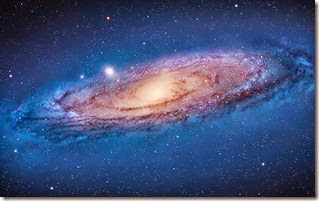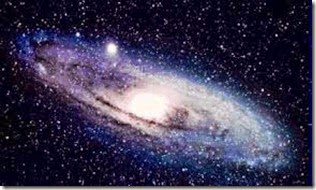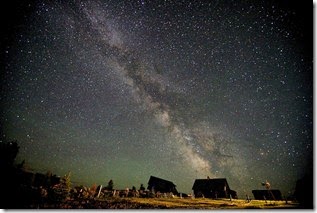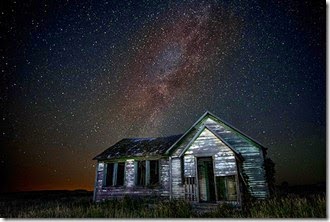Monday 18 May 2015
WHAT IS A GALAXY
The galaxies are known to be the cities of stars. The galaxy is collection of planets,family of planets(due to gravitational attraction of large star many planets are revolving around that star ex: Solar System), stars ,asteroids,meteorites,supernova,black holes etc.…
How the galaxies are formed?
The formation of galaxies are described by two theories (these two theories only described how the first galaxy formed)
1.Galaxies were born when vast clouds of gas and dust collapsed under their own gravitational pull,allowing stars to form.
2.The other, which has gained strength in recent years, say the young universe contained many small “lumps” of matter, which clumped together to form galaxies.
types of galaxies
There are three main types of galaxies
1.Elliptical
2.Spiral
3.Irregular
Elliptical Galaxy
An elliptical galaxy is a type of galaxy having an approximately ellipsoidal shape and a smooth, nearly featureless brightness profile. Unlike flat spiral galaxies with organization and structure, they are more three-dimensional, without much structure, and their stars are in somewhat random orbits around the center.
Spiral Galaxy
A spiral galaxy is a certain kind of galaxy originally described by Edwin Hubble in his 1936 work The Realm of the Nebulae and, as such, forms part of the Hubble sequence. Spiral galaxies consist of a flat, rotating disc containing stars, gas and dust, and a central concentration of stars known as the bulge.
milky way galaxy
Milky way galaxy is our home galaxy in which our solar system exists.
The Milky Way has a very distinctive geometry: a rotating disk embedded in a spherical halo. The disk and halo populations also differ in heavy element abundance, in ages of the stars, and in the orbits of the stars. This geometry, and age and metallic city distribution are just a few of the clues that tell us how the Milky Way formed.
The story of our galaxy began 12 to 13 billion years ago. Roughly 500,000 years after the Big Bang, slight in homogeneities in the density of the universe began to collapse into structures at all scales. The dark matter that would form the halos of galaxies and galaxy clusters likely collapsed first, and its gravity gave order to the regular matter. In most cases, these collapsing pockets of material fragmented into small galaxies similar perhaps to today's irregular galaxies. Over time, gravity pulled some of these small galaxies together, building larger and larger systems like our own. This aggregation of smaller galaxies was an important process in building the galaxies we see today. (However, some galaxies seem to have collapsed much of their matter quickly during the early Universe).
To get our Milky Way's disk-like structure, large amounts of gas needed to be present at all times, and the gas has to remain relatively cold and keep a consistent rotation. We know observationally that when two smaller spiral galaxies collide it is possible to get one larger spiral out of the collision if the initial conditions are right. This slow build up in mass through merger explains many of the more unusual characteristics of our galaxy. Most immediately, the constant influx of new gas and dust with in-falling systems explains how star formation has not yet consumed all the Milky Way's raw materials. It also explains the variety of ages of the globular clusters and the "backwards" orbit of many of the systems. Some of these dense collections of stars likely formed in the halos of smaller galaxies at different points in the universe's history, and when our Milky Way cannibalized these galaxies, the globular clusters joined our halo, keeping their initial orbital direction, and bringing with them a variety of ages.
Angular Momentum is responsible for our galaxy's overall disk-like shape. While this disk possesses both a spherical nucleus and spherical surrounding halo, the disk contains the bulk of the gas and dust, and this material, like a ball of pizza dough thrown into the air and set rotating, flattens out as it spins.
Images for milky way galaxy











No comments :
Post a Comment